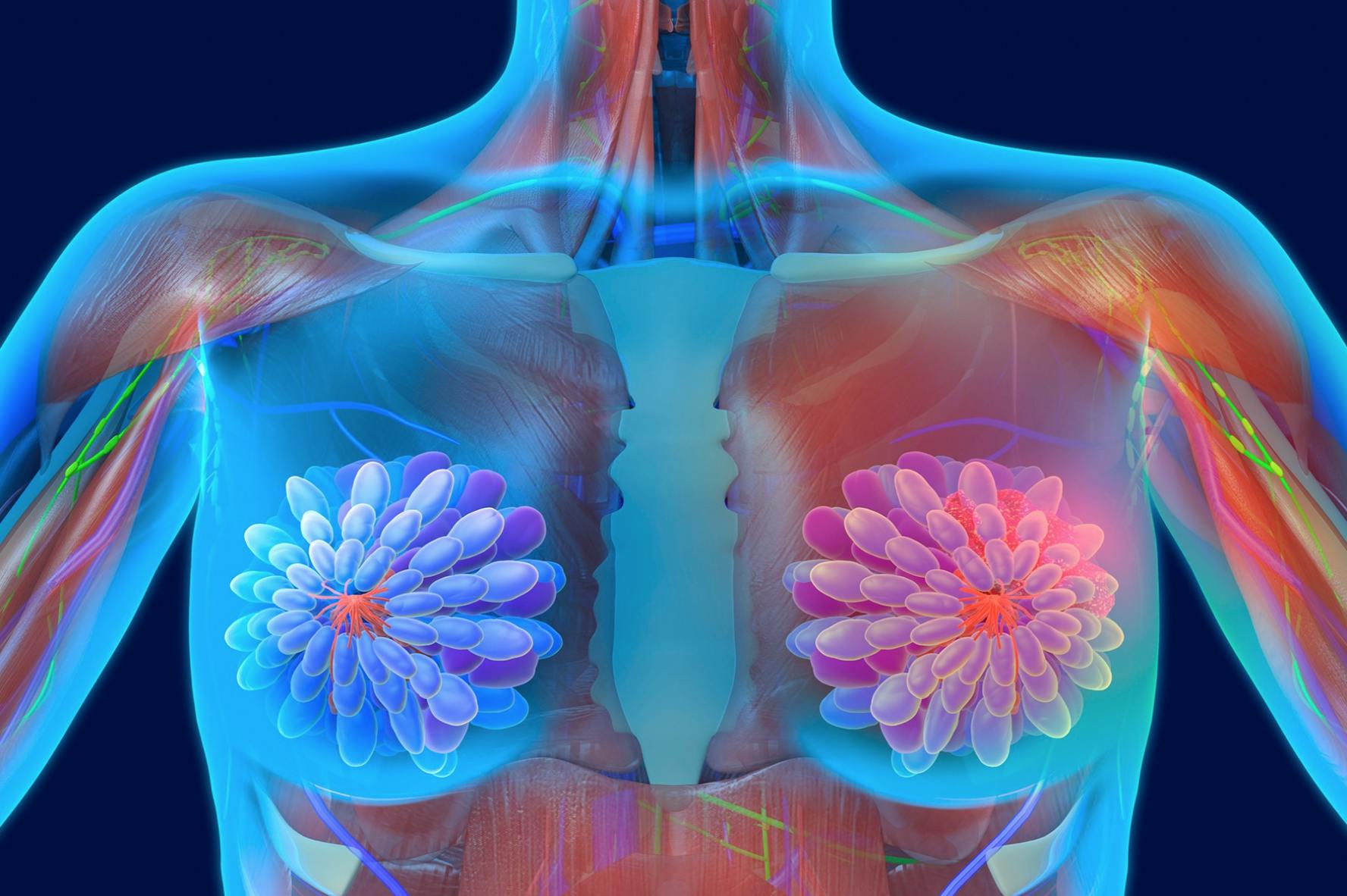Imaging is a critical component of breast cancer prevention for transgender patients. Yet, breast health radiological centers are often geared towards cisgender women—with photos of smiling women on posters and magazines in the waiting rooms, women's bathrooms lining hallways, and pink gowns in the exam rooms. This atmosphere can make some transgender patients feel out of place in medical environments, where many already feel uncomfortable due to past poor experiences with healthcare providers. Among transgender people, roughly one-third have reported at least one negative experience, whether it was being refused gender-affirming care, verbally harassed, or needing to educate medical staff about transgender people.
How can radiological centers that specialize in breast imaging demonstrate cultural sensitivity and foster environments that make transgender patients feel welcome, seen, and respected?
Ensure that Medical Staff Understands the Unique Needs Involved in Transgender Healthcare
More than 1.6 million adults and teens in the U.S. consider themselves transgender, meaning they identify as a different gender than the sex assigned to them at birth. It doesn't necessarily mean they received gender-affirming care—which can range from hormone replacement therapy (HRT) to gender-affirmation surgery—so it's important for clinicians to understand each patient's unique medical history.
Understanding the specific healthcare needs and concerns of transgender patients, particularly regarding breast imaging, is also vital. For example, studies have demonstrated a higher frequency of dense breast tissue in both transgender women (75.8%) and transgender men (66%) who have received HRT than in cisgender women. Current screening recommendations for transgender women vary from one source to the next but typically call for different protocols according to the patient's age and breast cancer risk factors, including how long they underwent HRT. Most guidelines recommend annual or biennial screening starting at age 50 for transgender women.
The same guidelines recommend that transgender men who have not undergone chest reconstructive (or "top") surgery receive the same cancer screening as cisgender women, regardless of HRT history. For transgender men who have had chest surgery, the science is still unclear, but some breast tissue typically remains even after surgery, so current guidelines recommend they consider an annual clinical or physical breast cancer screening as well.
Use the Right Terminology
One of the most important ways to show respect and deliver considerate transgender care is to use patient-preferred terminology, starting with pronouns. Some transgender people prefer gendered pronouns—typically "he/him" for transmen and "she/her" for transwomen. Nearly half (48%) of transgender adults prefer they/them pronouns, while others prefer unique pronouns (such as "ze/zir") or no pronouns at all. The only way to know is to ask each patient.
In addition to pronouns, some transgender patients might also have preferred terms for body parts. For example, transmen often prefer the word "chest" instead of "breasts." Using these terms might help reduce their feelings of gender dysphoria: the sense of unease that some (but not all) transgender people feel because of a mismatch between their gender identity and biological sex.
There are other important terms to know (and avoid) when providing transgender healthcare. First, the term "transgender" should always be used as an adjective (i.e., transgender patient or transgender healthcare) and never as a noun. Gender-affirming care has often been referred to as a "transitioning," but some people consider this word offensive because it suggests the journey has a definitive end. Thus, "gender-affirming process" is typically the preferred verbiage. The terms "transexual" and especially "transvestite" are also offensive to many transgender people and should be avoided.
When it comes to terminology, different transgender people may have different preferences, so if a provider is unsure what terms to use, it's best to simply ask the patient.
Foster an Inclusive Environment
Creating a welcoming, safe space for transgender patients means focusing on inclusivity. Best practices include:
- Ask all patients for their preferred pronouns so transgender people aren't singled out—and train all staff to use them
- Update intake forms and other patient records to include questions about gender identity, preferred names, and preferred pronouns
- Ensure that at least some restrooms are gender-neutral
- Use patient gowns in gender-neutral colors
- Hang photos and posters with gender-inclusive groups of people
- Ensure the dressing area includes private dressing rooms
- Include magazines in the waiting room that focus on LGBTQ+ issues
- Post a sign that clearly outlines the office's nondiscrimination policy
Communicate Clearly and Personalize the Patient Experience
Clear communication is a critical aspect of inclusive healthcare because it's a way to build trust, show respect, and ensure a positive patient experience. Along with discussing preferred terminology, it's important for providers to discuss any fears or anxiety that patients might have about breast imaging, and to clear up any misconceptions. This means explaining why breast imaging is necessary, detailing how the procedure will go, and determining if any modifications can be made to the imaging process or protocols to help the patient feel more comfortable.
Having these conversations in a gender-inclusive environment, using the patient's preferred terminology, and having a strong understanding of both the patient's medical history and the best practices for screening transgender people goes a long way towards making trans patients feel safe, comfortable, and respected.




